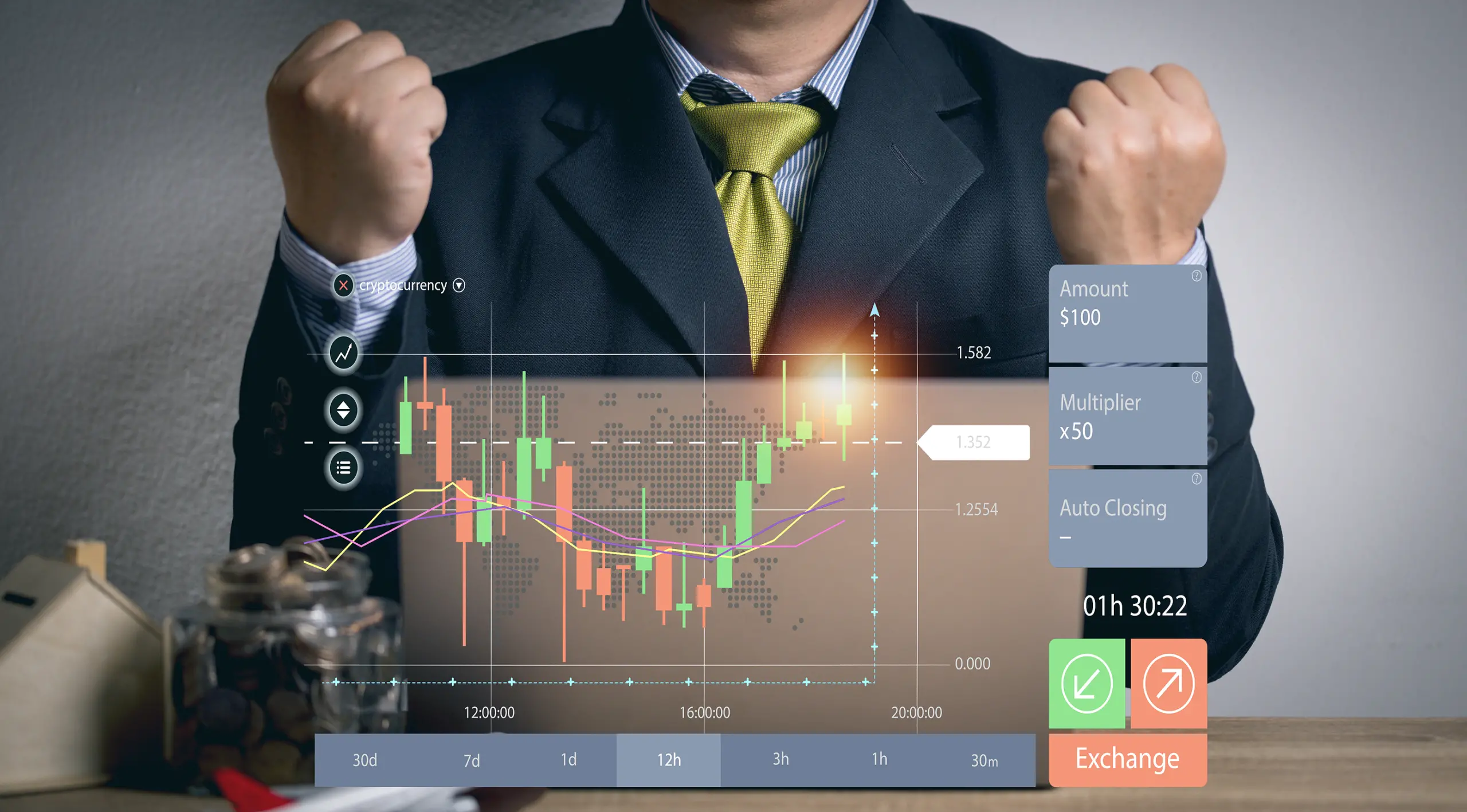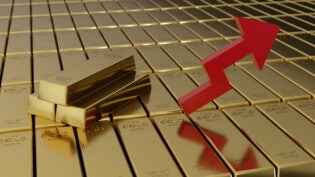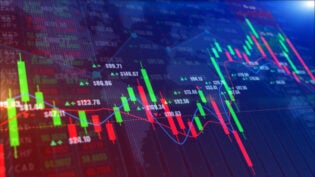
It’s silly to believe that you can become a successful trader if you just guess the price movements of certain assets using super-duper innovative solutions. This approach won’t bring you the desired results or an understanding of market manipulation. You can only become successful in trading if you pay enough time and effort for efficient education and mastering your skills in real conditions. For this, you need to have at least a basic knowledge of the market theory.
Before you start trading real assets, it’s mandatory to study not only their fundamentals and recent performances but also take a closer look at the basic principles of market function. To make data-driven decisions, you need to know how its structure is aligned and what are the theoretical basics of price movements. In today’s review, we will take a closer look at one of the most popular price action analysis methods — the Wyckoff accumulation.
Brief Introduction to the Wyckoff Methodology
This trading method is named after its founder — Richard Wyckoff. He became famous as one of the most successful stock traders and investors of the first half of the 20th century. The man was really attracted to the stock market opportunities so he didn’t waste his time and started to gain more knowledge about how it worked at that time. This thorough approach to self-education allowed him to open his first brokerage firm even before he reached his 30s. He is also known as the author of numerous studies dedicated to the essence of the stock market theory and the founder of the Magazine of Wall Street.
Major Principles of the Wyckoff’s Theory
Basically, the key insights of the Wyckoff methodology are derived from the price action and various cycles taken by the market. Based on this guidance, the investor has created two key principles of his theory, which were first stated in his book “Charting the Stock Market”. These two principles say:
- The market behavior will never fully repeats itself. It’s impossible for stock prices to recreate exactly the same trend one more time, which makes every price movement unique and difficult to predict.
- Because of the unique nature of every price movement, it’s vital to compare each trend with the previous one. This helps to make a technical analysis more reliant on real repetitive patterns, even though their volumes are changing all the time.
What are the Cycles?
Wyckoff based his trading practices on his insights that stated that every asset moves within peculiar price cycles. We defined 4 key phases:
- Accumulation
- Markup
- Distribution
- Mark Down
Let’s take a closer look at the specific features of each phase.
Accumulation
According to Wyckoff, accumulation is the beginning of any price cycle. He believed that this stage is caused by increased institutional demand. Accumulation happens when buyers slow down their gaining power and work to stimulate the market to push the prices of the assets they already own. However, it’s important to notice that at the accumulation phase, the price chart is flat.
Markup
The Markup phase signifies a period of pronounced advancement in prices. During this phase, astute investors adeptly accumulate positions when prices are still at lower levels, often taking advantage of brief market declines. This strategic accumulation eventually leads to a sustained upward thrust as demand overtakes supply. The distinctive characteristic of the Markup phase is the development of higher highs and higher lows on price charts, indicative of a fervent bullish sentiment that propels the market to new heights.
Distribution
Conversely, the Distribution phase is characterized by a subtle shift in market sentiment from optimism to caution. In this phase, previously enthusiastic investors now begin to liquidate their positions, sensing that the market may have reached its zenith. This selling pressure is often accompanied by a plateauing or slight decline in prices. The Distribution phase is a period of potential transition from bullish to bearish sentiment, as supply catches up with or exceeds demand. This phase typically unfolds with lower highs and lower lows, a pattern signaling waning enthusiasm and a potential reversal in the market’s trajectory.
Both the Markup and Distribution phases exemplify the Wyckoff theory’s emphasis on the interplay between supply, demand, and investor behavior. Mastering the recognition of these phases empowers traders and analysts to gain valuable insights into market dynamics, enhancing their ability to make informed decisions and navigate the complexities of financial markets.
Markdown
The final stage of the price cycle, according to Wyckoff, is the markdown phase. The start of this phase is characterized by the beginning of the downtrend in the price action. This is a logical consequence of the distribution phase, at which investors tend to believe that the highest high was already reached. As a result, the price breaks the flat level and starts a bullish trend. Once this phase is over, the cycle starts again from the accumulation stage.
1732 Views












